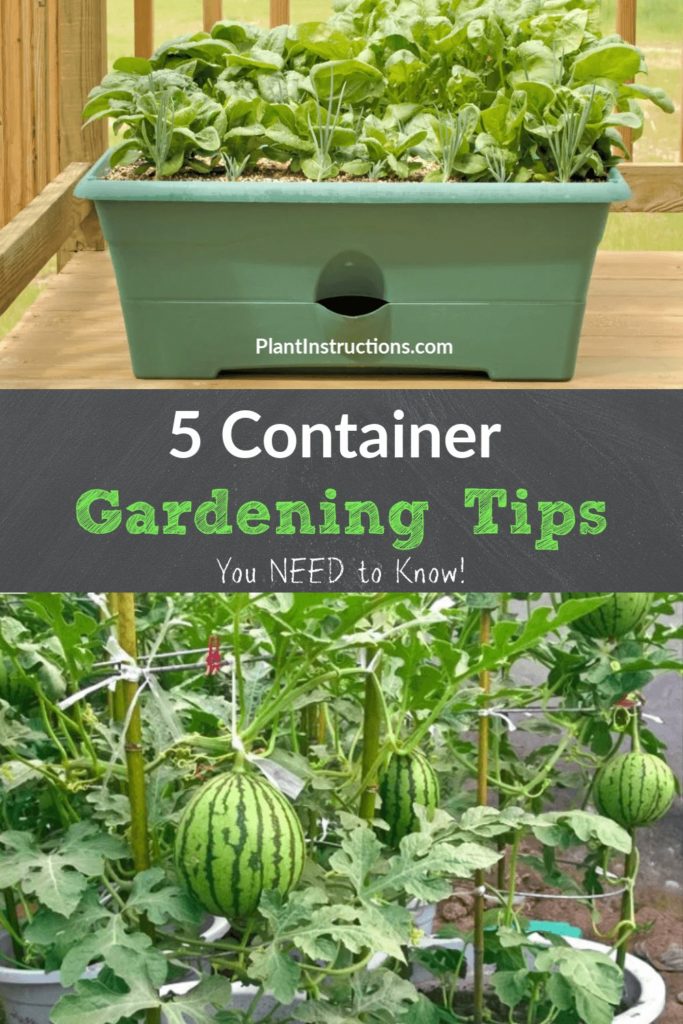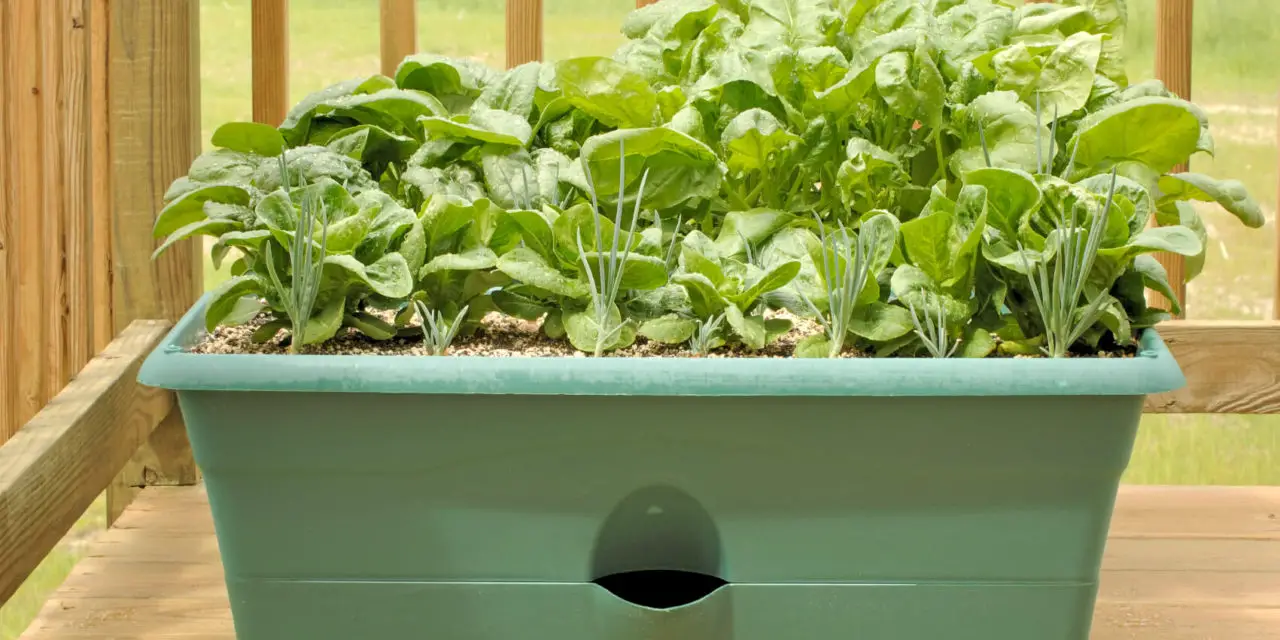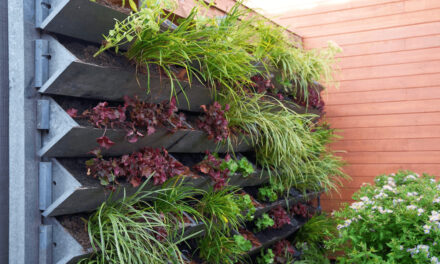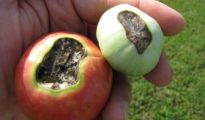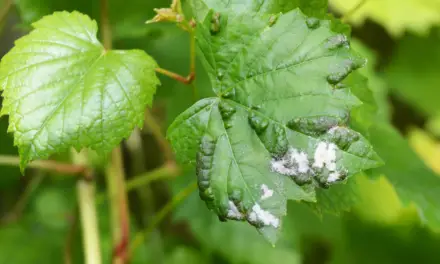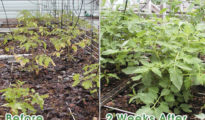Don’t have enough space to start a garden or no space at all? Don’t worry, today we'll bring you the solution, and that's container gardening. Starting a garden with containers can be easier than a normal garden and in this post we will give you all the container gardening tips you need to have that dreamy garden!!
Container gardening is a super easy way to start a garden and decorate your whole space. Most plants can be grown in containers and sometimes they do even better in them. With container gardening, you can get clever and create different styles for your garden and make it unique and amazing!
5 Container Gardening Tips

#1. Pick the Right Container
When it comes to container gardening, the container is obviously crucial and choosing the right one is as important as the plant. There are a ton of different types of containers and you need to pick the one that goes for what you want but whatever the type of container you choose, make sure they have good draining holes.
Containers made of fiberglass or plastic are good choices because they are available in many sizes, mostly inexpensive and lightweight. Make sure to pick containers that aren't too thin because they can easily brittle with age and cold.
Another good option is polyurethane foam containers because they can resist cracking and chipping, and protect roots against cold and hot temperatures. This type of container is excellent to grow plants that will stay outside all year long!
Cast concrete containers can be left outside in almost all weather and are long-lasting with a large variety of styles and sizes. You can even make your own, mixing them with vermiculite or perlite to make them lighter and decorate your garden as you please. Another tip is to use hypertufa containers that will give you that concrete look, but lighter!
For a more natural look, go for wood containers which will protect the roots from temperature swings. Pick a good rot-resistant wood like locust, cedar, or pine, and build your own wooden planters. These types of containers are easy to make, sturdy and inexpensive.
Terracotta or clay containers can easily break even though they look attractive, so if you leave in northern areas, try to stay away from them because freezing weather is not good. Use this type of container if your climate is more like tropical-like.
Metal containers are a thing and they are super strong, but they can do so much damage to your plants, like exposing the roots to temperature functions by conducting heat. So think about it twice before getting these types of containers.
#2. Select the Best Plants for Containers
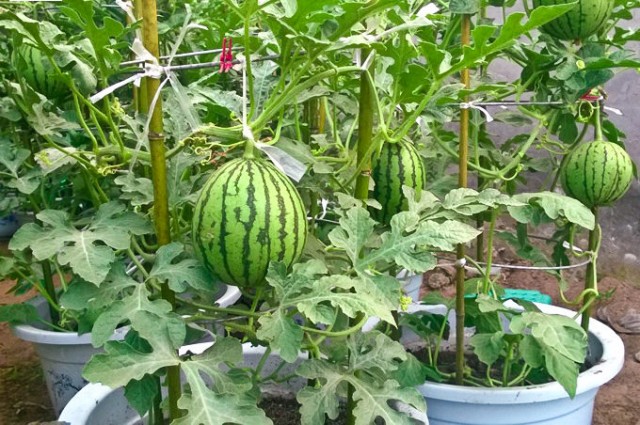
Most plants will do great in containers and for vegetable gardening the dwarf version does even better. Whether you are looking to grow a vegetable, flower, or herb garden, here are the best for each type.
For a vegetable garden, tomatoes, cucumber and pumpkins do really well but the dwarf versions do even better. Plant cherry tomatoes, baby artichoke, baby eggplants, dwarf carrots and scallopini.
For a herb garden, herbs like mint, thyme, oregano, rosemary, lemon balm, and parsley are the perfect option for that little container garden you have been dreaming in your kitchen.
To make a beautiful flower garden, grow plants like coral bells, scorpion grasses, leather flower and yarrows, which are perennial plants you can enjoy all year round!!
If you want to go for small trees, kumquats, Japanese maples, bamboo, Recurve Privet, and lemon trees, are an exact choice because they are small, do amazing in containers and some can give you delicious fruits!
#3. Get creative and Make Different Types of Gardens
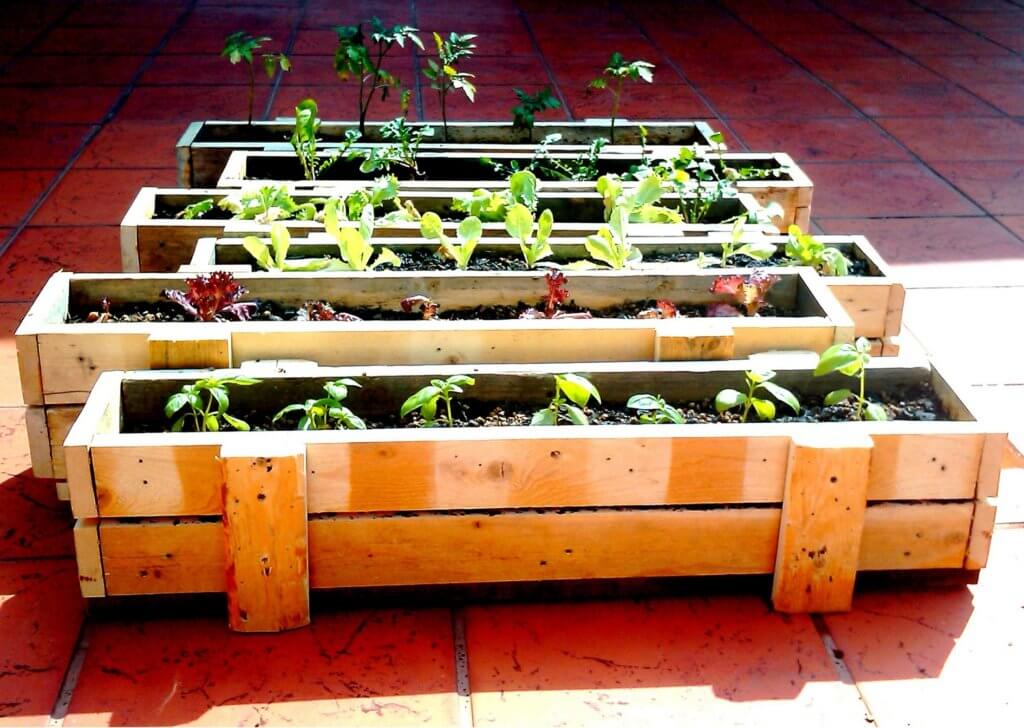
This tip is more for decorative purposes, but let's be honest, we all want our container garden to be the best looking. Get creative and make different styles with your garden using pallets, ladders and vertical planters.
You can create a DIY herb garden using a shoe organizer, mason jars, and lots of others! You can also use whatever you have at home that you think might work and create the garden that will have your neighbors jealous.
#4. Make Sure to Water Well
For gardening containers, this step is super important because container plants need more water than plants in the garden. Make sure to water constantly and do not let it dry. Adding a layer of mulch around the plants will help keep your plants hydated. Make sure to add the mulch at least 1 inch away from the stems.
The number of times you will be watering will depend on the plant and the weather. Find out how often you should be watering your plants and write it down to make it easier for you. Making a planner for your container garden is super easy and will help in the long run!
#5. Keep Taking Care of your Container Garden
Feeding is another important part when it comes to container plants. Add this part to your planner and feed regularly depending on your type of plant needs. Most plants will do well when fertilized with compost tea, diluted fish emulsion or seaweed extract. You can also feed the foliage by spraying the leaves with the same solution.
Keep your plants looking fresh by removing faded blooms and tattered leaves. Also, prune plants that stop blooming and look leggy. Keep an eye for mites, aphids and other pests.
After some time, container plants tend to grow out of their containers and that's when re-potting comes along. Change the container for a bigger one or just a better one depending on what your plant needs. Check this guide to learn how to repot plants.
After all these container gardening tips, starting your own container garden should be super easy – just make sure to follow everything religiously and you are good to go. Now it's time to roll up your sleeves and get to planting!
Like this post? Pin, share and comment below 🙂
